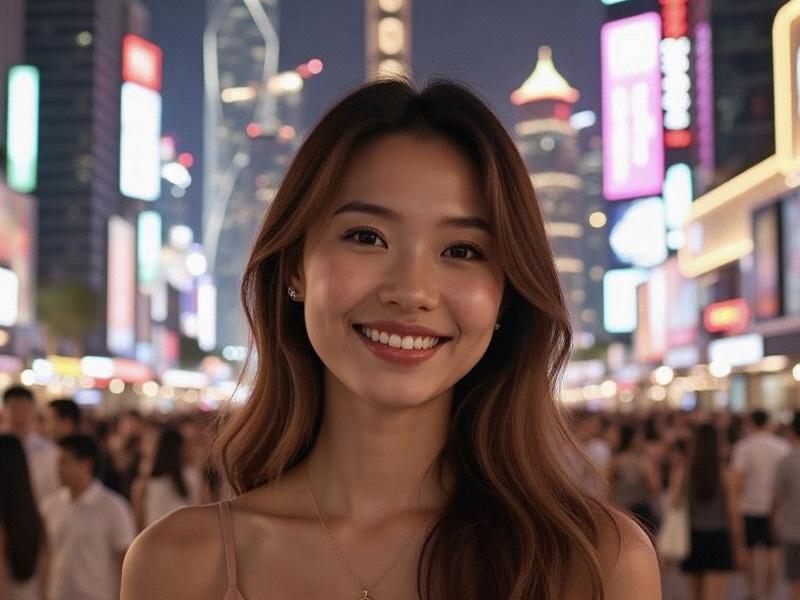
Section 1: Historical Foundations
- Treaty Port Era (1843-1949):
Emergence of the "Modern Girl" phenomenon
First generation of educated women
Western fashion adoption with Chinese modifications
- Socialist Period (1950-1978):
Gender equality in workforce participation
Practical fashion of the Mao era
Women in industrial roles
- Reform Era (1979-present):
Reemergence of fashion consciousness
Professional advancement
International exposure
Section 2: Contemporary Profile
- Demographic snapshot:
51.8% of Shanghai's population
上海龙凤419贵族 Average marriage age: 30.4 years
68% hold college degrees
- Career landscape:
42% of managerial positions
Tech sector leadership roles
Entrepreneurial success stories
Section 3: Style Signature
- Fashion districts analysis:
Nanjing Road luxury consumers
Tianzifang boutique shoppers
Xintiandi trendsetters
- Seasonal trend reports:
Spring qipao revivals
Winter layering techniques
Accessory preferences
上海龙凤419会所 Section 4: Cultural Paradoxes
- Traditional expectations vs modern ambitions:
Marriage pressure dynamics
Singlehood acceptance
Parenting approaches
- Beauty standard evolution:
From pale skin to healthy glow
Body positivity movements
Cosmetic surgery trends
Section 5: Digital Influence
- Social media impact:
Xiaohongshu style icons
Douyin makeup tutorials
Bilibili career vlogs
上海私人品茶 - E-commerce power:
Livestream selling queens
Brand collaboration deals
Consumer behavior influence
Section 6: Global Presence
- International recognition:
Fashion Week regulars
Tech conference speakers
Cultural ambassadors
- Diaspora communities:
Overseas professional networks
Cultural exchange programs
Global Shanghai style
Conclusion
Shanghai women continue to redefine Chinese femininity through their unique blend of cultural confidence and global sophistication, creating a template for modern Asian womanhood that balances tradition with innovation.
